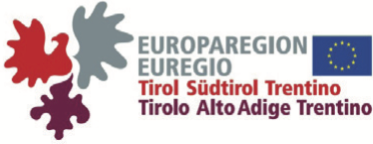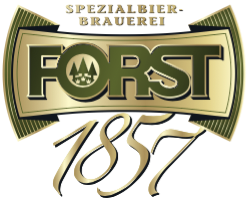Gerhard Jäger
- Area: LoCo
- Level: A
- Week: 1
- Time: 09:00 – 10:30
- Room: D1.02
Abstract
Language change shares several features with biological evolution: languages and biological traits
are realized in populations; they are transmitted between generations; population splits lead to diversification. The history of this diversification is studied by systematic comparison of extant
(plus historical/fossilized) traits. Within the past three decades, comparative biology has turned mathematical and computational; there is a plethora of models and algorithms to infer phylogenetic information from comparative data. Those range from clustering methods to sophisticated Bayesian models. Recent applications thereof to historical linguistics have garnered remarkable but also controversial results. Computational/phylogenetic historical linguistics faces several challenges, such as the sparseness of comparative data. Also, replication of linguistic knowledge is arguably less understood than its biological counterpart. The course offers a recapitulation of the comparative method in historical linguistics, a primer on phylogenetic inference, plus an overview over the state of the art in computational and phylogenetic historical linguistics.
Slides
(will be updated during the week)
- The comparative method in historical linguistics
- Data in computational historical linguistics
- Phylogenetic trees I: Foundations; distance-based inference
- Phylogenetic trees II: Estimating distances, estimating trees from distances
- Phylogenetic trees III: Maximum Parsimony
- Phylogenetic trees IV: Maximum Likelihood
- Sequence alignment
Additional Reading
- Overview material
- Jäger, Gerhard & Johann-Mattis List, 2016, Statistical and computational elaborations of the classical comparative method, manuscript, Tübingen and Paris.
- List, Johann-Mattis, 2014, Sequence Comparison in Historical Linguistics, Dissertations in Language and Cognition, 1 . Düsseldorf University Press, Düsseldorf.
- Nunn, Charles L., 2011, The Comparative Approach in Evolutionary Anthropology and Biology, The University of Chicago Press.
- Atkinson, Quentin D. & Russell D. Gray, 2005, Curious Parallels and Curious Connections—Phylogenetic Thinking in Biology and Historical Linguistics, Systematic Biology 54(4):513–526.
- Background reading in theoretical bioinformatics
- Chen, Ming-Hui, Lynn Kuo & Paul O. Lewis, 2014, Bayesian Phylogenetics. Methods, Algorithms and Applications. Abingdon.
- Durbin, Richard, Sean R. Eddy, Anders Krogh & Graeme Mitchison, 1998, Biological Sequence Analysis. Cambridge.
- Warren Ewens & Gregory Grant, 2005, Statistical Methods in Bioinformatics: An Introduction. Springer.
- Research highlights:
- Bouckaert, Remco, Philippe Lemey, Michael Dunn, Simon J. Greenhill, Alexander V. Alekseyenko, Alexei J. Drummond, Russell D. Gray, Marc A. Suchard & Quentin D. Atkinson, 2012, Mapping the Origins and Expansion of the Indo-European Language Family, Science 337(6097), 957-960.
-
Chang, Will, Chundra Cathcart, David Hall, & Andrew Garrett, 2015, Ancestry-constrained phylogenetic analysis supports the Indo-European steppe hypothesis, Language 9(1), 194-244.
-
Pagel, Mark, Quentin D. Atkinson, Andreea S. Calude, & Andrew Meade, 2013, Ultraconserved words point to deep language ancestry across Eurasia. Proceedings of the National Academy of Sciences 110(21), 8471-8476.
-
Pagel, Mark, Quentin D. Atkinson, & Andrew Meade, 2007, Frequency of word-use predicts rates of lexical evolution throughout Indo-European history. Nature 449.7163, 717-720.
- Wichmann, Søren, André Müller & Velupillai, Viveka, 2010, Homelands of the world’s language families: A quantitative approach, Diachronica 27(2), 247-276.
- Some of my own work on the topic:
- Jäger, Gerhard, 2015, Support for linguistic macrofamilies from weighted sequence alignment, Proceedings of the National Academy of Science, 112(41), 12752–12757.
- Jäger, Gerhard, 2013, Phylogenetic inference from word lists using weighted alignment with empirically determined weights, Language Dynamics and Change 3(2), 245-291.
- Jäger, Gerhard & Søren Wichmann, 2016, Inferring the world tree of languages from word lists, in Roberts S.G., Cuskley C., McCrohon L., Barceló-Coblijn L. , Feher O. & Verhoef T., eds., The Evolution of Language: Proceedings of the 11th International Conference (EVOLANG11).
Resources
- Recommended software This link is password-protected; I will give you the credentials in class.
- Data and code snippets for exercises
- Data sources:














